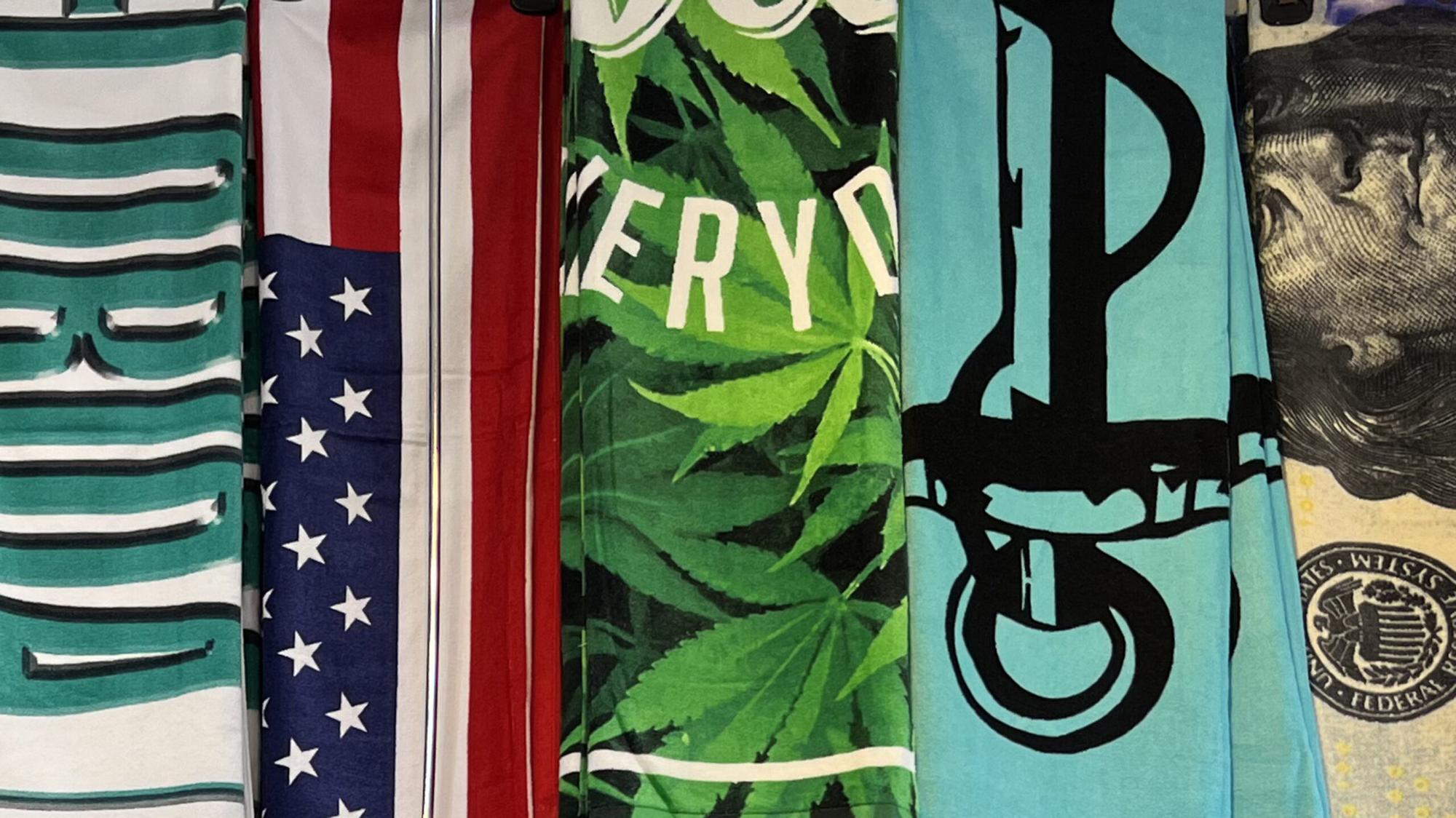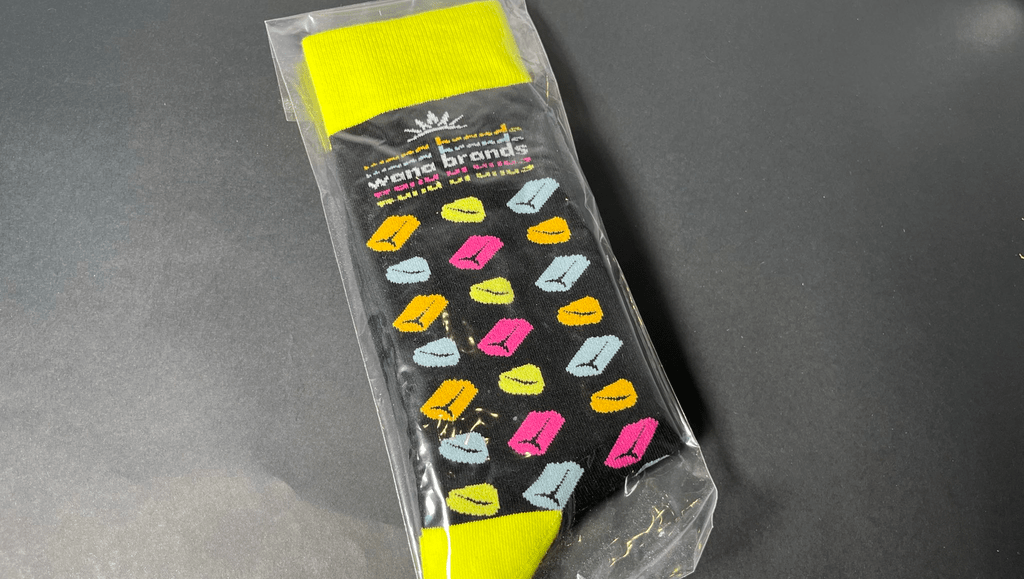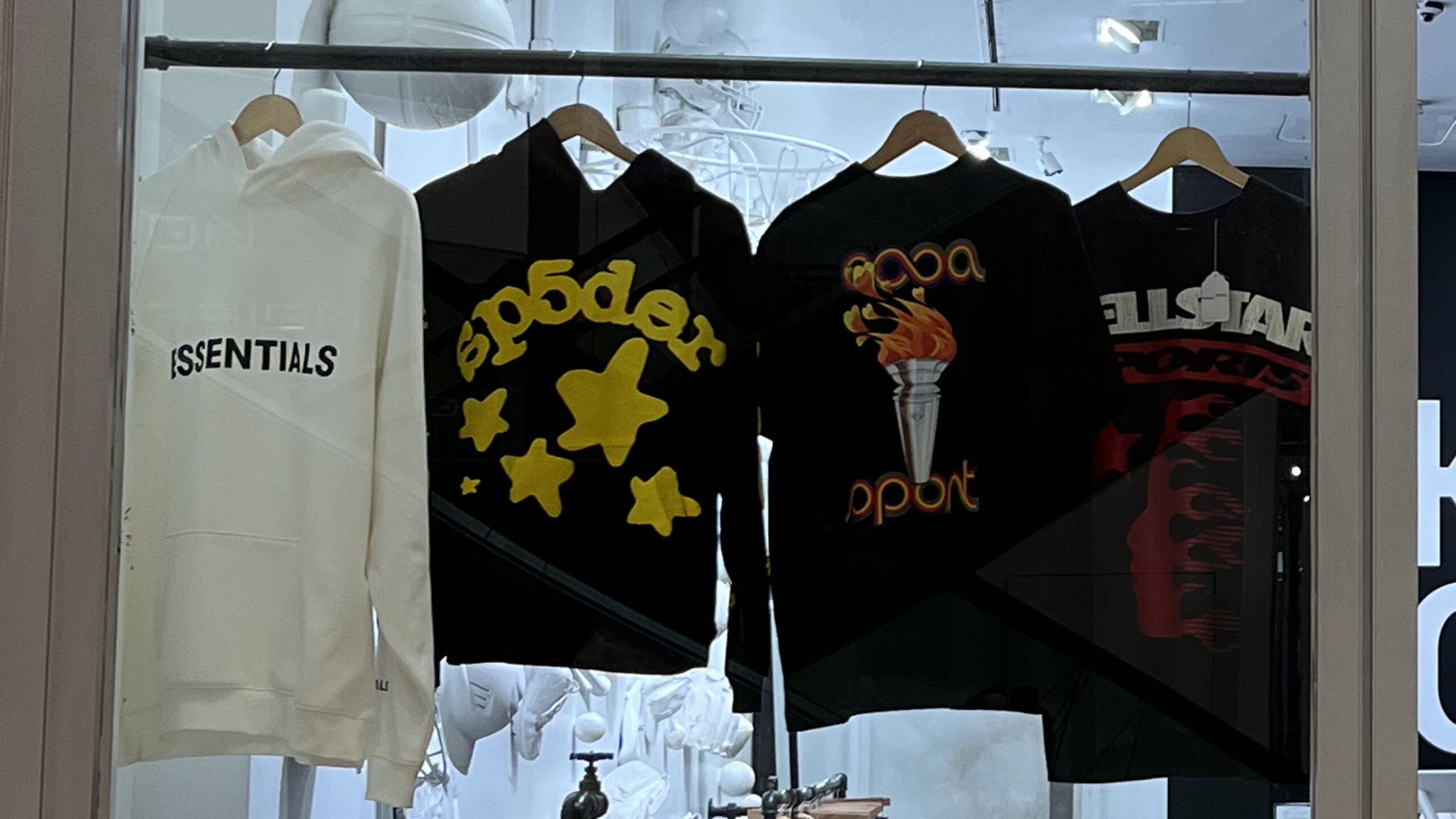Hemp Fabric: The Sustainable Revolution in Clothing
This eco-friendly material, derived from the stalks of the cannabis plant, combines durability, comfort, and environmental benefits, making it a compelling choice for consumers and designers alike.

Latest Blog Posts
-

Cannabis Couture: How Fashion Is Getting High on Style
Fashion and cannabis might seem like strange bedfellows at first glance, but the two have been quietly orbiting each other […]
-

Social Media and Shaping Cannabis Fashion
If you’ve scrolled through your feed lately, chances are you’ve seen cannabis fashion pop up without even realizing it. A […]
-

How Tie-Dye and Cannabis Shaped Counterculture Fashion
Cannabis fashion has always been more than fabric and thread—it’s been a movement stitched into culture, rebellion, and identity. To […]

